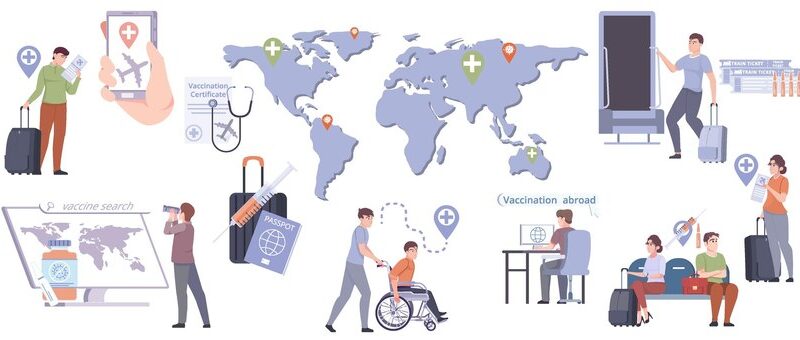In recent years, the concept of medical tourism has experienced a remarkable transformation, evolving from a necessity-driven practice to a preferred choice for individuals seeking high-quality healthcare options abroad. This shift reflects not only advancements in technology and globalization but also changes in attitudes towards healthcare accessibility and affordability, .
Historically, medical tourism can be traced back to ancient civilizations where individuals would travel to seek healing at renowned temples or with skilled healers. However, the modern concept of medical tourism began to take shape in the late 20th century, primarily driven by the disparities in healthcare quality and affordability across different regions.
Initially, medical tourism was largely driven by necessity, as individuals sought treatments not available or affordable in their home countries. This included procedures such as organ transplants, specialized surgeries, or access to cutting-edge treatments for chronic illnesses. Countries like India, Thailand, Mexico, and Singapore emerged as popular destinations, offering world-
class medical facilities at a fraction of the cost compared to developed nations. However, as healthcare costs continued to rise globally, coupled with long waiting times and bureaucratic hurdles in some countries, medical tourism began to shift towards being a
preference rather than a mere necessity. Patients started to actively choose to travel abroad for elective procedures, cosmetic surgeries, and wellness treatments, seeking not only cost savings but also superior quality care and personalized services.
Advancements in technology played a significant role in this evolution. Telemedicine, for example, allowed patients to consult with specialists overseas without leaving their homes, facilitating informed decision-making and pre-travel planning. Additionally, medical facilities abroad began to adopt state-of-the-art equipment and techniques, ensuring that patients
received world-class treatment and care.
Globalization also played a crucial role in the growth of medical tourism. The ease of travel, coupled with increasing awareness and acceptance of cross-border healthcare, enabled patients to explore treatment options beyond their national borders. Moreover, the rise of medical tourism facilitators and agencies provided comprehensive services, including travel arrangements, accommodation, and post-operative care, further simplifying the process for patients.
Furthermore, changing attitudes towards healthcare contributed to the preference for medical tourism. Patients became more proactive in researching treatment options, seeking value for money, and prioritizing quality and outcomes over geographical proximity. As a result, medical tourism destinations began to focus on enhancing patient experiences, offering holistic wellness
programs, and leveraging medical expertise to attract international clientele. Today, medical tourism continues to evolve, with emerging trends such as regenerative medicine, fertility treatments, and integrative healthcare gaining traction. Moreover, the ongoing COVID-19 pandemic has prompted a renewed emphasis on healthcare resilience and adaptability, driving innovation in telemedicine, remote monitoring, and digital health solutions
within the medical tourism industry.
In conclusion, the evolution of medical tourism from a necessity to a preference reflects broadershifts in healthcare dynamics, technology, and consumer behavior. While affordability and accessibility remain key drivers, patients now seek value-added services, personalized care, and superior outcomes when choosing medical tourism destinations. As the industry continues
to innovate and adapt to changing needs, the future of medical tourism looks promising, offering patients a world of healthcare options beyond borders.



